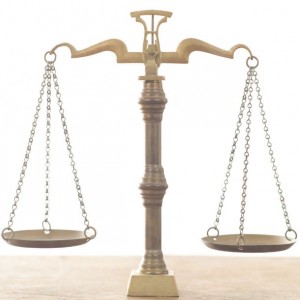 As a researcher, I love the topic Keith Benton brings to Using Time Wisely. Before purchasing items, I read reviews and compare models to determine the best product that will meet our needs.
As a researcher, I love the topic Keith Benton brings to Using Time Wisely. Before purchasing items, I read reviews and compare models to determine the best product that will meet our needs.
Sometimes we need a device with all the bells and whistles, while other times a basic version will suffice.
During this stage, I am weighing inexpensive vs. cheap. Keith gives helpful information regarding the differences and making choices. I hope you will have a better understanding of these two terms after reading his explanation.
Upon deciding which model will work the best, then I start searching for deals. Sometimes, I have to wait a bit, but the deals do come. Happy wisely choosing! ~ Tracy
Inexpensive vs. Cheap: A New Commitment
The influx of large discount department stores has raised new concerns for their shoppers. More and more people are faced with the question: “Am I getting a cheap or inexpensive item by shopping here?”
This has become a valid concern for many because there is a significant cost difference between cheap and inexpensive items. One item may provide you with short-term savings, but cost you a lot in the future, and vice versa. To know the difference, let’s define inexpensive and cheap.
The Difference
For me, inexpensive has always meant the object (food or material good) costs less compared to other items of similar quality. An example of this is carrots. I have gone to two different grocery stores on two different occasions and found the price of carrots fluctuated significantly. One store carried the same bag and brand of carrots for $1.39, and one had it for $3.10. Since the quality of the carrots is the same (same expiration date), I would consider the $1.39 bag of carrots relatively inexpensive.
Cheap to me has always referred to the quality of an item compared to its price. Let’s look at one example I recently encountered. A few months ago I had to purchase new running shoes. My old shoes had lost their tread and cushion. Blisters were on their way if I didn’t buy new shoes. Instead of sticking with the brand of running shoes I always bought, I decided to branch out. I bought a different brand that cost $10.00 less.
After wearing the new shoes for two weeks, I had already worn out the tread, blown out the side of one of the shoes, and torn the laces. My last pair had lasted over two years! Why? Unlike the carrot example, the shoes did not offer the same quality at a discounted price. They weren’t inexpensive; they were cheap.
They were discounted because they were made of a brittle material and not the same material as the good pair of running shoes. A poorer quality material usually costs less to manufacture. It is imperative that you determine the difference in quality and price before you buy.
Commit: Save Money and Time in the Long Run
So, why consider inexpensive vs. cheap at the store? Buying inexpensive items can save you time and money in the long run as compared to cheap items. This holds true for services too.
Commit to changing your mind set when buying or hiring goods and services. When there is only 24 hours in a day, the last thing you want to do is waste time buying and repairing goods that should have lasted in the first place.
I have included a list of simple inexpensive vs. cheap items/chores to help you start thinking about differences in items and services. This list is not always true or accurate, but was designed to help you start considering the differences in goods and services when you shop. Happy shopping!
Inexpensive Cheap
(Discount Price & Good Quality) (Discount Price & Poor Quality)
| Good Condition Brand Name Jeans from Thrift Store | Thinly Made Jeans at New Cost |
| Ingredient Rich Bulk Section Dog Food | Ingredient Poor Bagged Dog Food |
| Discount Carpet Cleaning Service | Replacing your Carpet With New Thinly Made Material |
| Buying an Xbox 360 on Craigslist with Games and Controller | Buying a New Xbox with No Games and No Controllers |
| Yard Sale Titanium Mtn Bike | Aluminum Mtn Bike Brand New |
Keith Benton is a writer and researcher for everything home improvement. He spends his time educating and advocating that individuals take time to improve not only their home, but their life.

Thanks, Keith, for sharing these tips. Recently, we have chosen inexpensive Michelin tires, a mid-range Garmin GPS, and a yard-sale 15-speed bike. Thus far, these choices have worked out great as our investment has given us the results we expected.